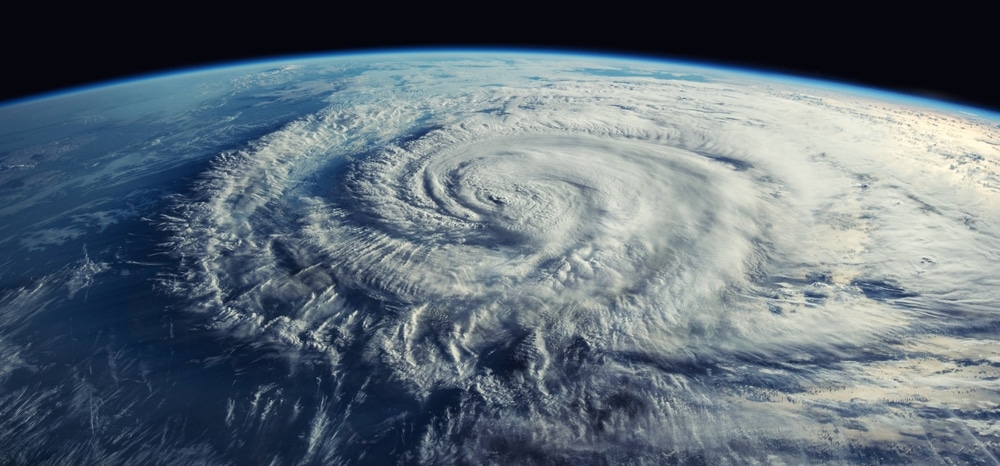As Beryl traveled across the Caribbean Sea, the historic storm broke several records during its 11-day journey, including becoming the earliest Category 4 and Category 5 storm known.
Driven by record-high ocean temperatures, Beryl’s rapid strengthening stunned experts as it traveled through the Caribbean Sea, making initial landfall in Grenada’s Carriacou Island as a Category 4 hurricane, then days later, a second landfall on Mexico’s Yucatan Peninsula. In total, the storm has left at least 14 dead and several missing.
But even after making landfall as a Category 1 hurricane near Matagorda early Monday, the powerful storm continued to set records inland — this time for tornadoes.
Storm chaser Colin McCarthy posted the storm’s tornado data on X late Monday, citing Beryl’s continuing pattern of breaking records.
“Hurricane #Beryl today produced one of the most prolific and significant tropical cyclone-induced tornado outbreaks in US history,” McCarthy wrote.
According McCarthy, Beryl led to 110 tornado warnings across Texas, Louisiana and Arkansas on Monday. This is the most tornado warnings issued in a single July day since records began in 1986, according to McCarthy. The prior record was 67.
From tropical depression to Cat 5 hurricane, Beryl has set several records, according to data from the National Hurricane Center and National Weather Service. This includes:
On Monday, July 1, after hitting the Grenada island, the storm strengthened over warm seas, becoming the earliest Category 4 hurricane on record. It broke the record set by Hurricane Dennis, a Category 4 storm on July 8, 2005. Beryl also broke the previous record for the earliest Category 5 hurricane by more than two weeks. That record was set by Hurricane Emily in 2005, which culminated in one of the most catastrophic seasons on record.
While Beryl is the earliest Category 5 hurricane on record, it was almost the earliest major hurricane ever recorded in the Atlantic. Just two other major hurricanes, with wind speeds of 111 mph or greater, happened earlier in the season: Alma on June 8, 1966, and Audrey on June 27, 1957, said Phil Klotzbach, research scientist at Colorado State University.
The earliest June major hurricane east of the Lesser Antilles, a record previously set by Hurricane Audrey in 1957. Audrey became a Category 3 hurricane on June 25 while it was located in the Gulf of Mexico, though it is noteworthy that this hurricane did not form east of the Lesser Antilles.
Hurricane Beryl, which rapidly intensified by 65 mph within 24 hours from June 29 to June 30, stands out as one of the earliest storms to undergo such dramatic rapid intensification in the Atlantic Basin. The storm’s wind speeds surged from 65 mph around 2 p.m. on June 29 to 130 mph by 2 p.m. on June 30, culminating in a total increase of 95 mph in just 42.5 hours. Only seven Atlantic storms are known to have achieved this rate of intensification from a tropical storm to Cat 5 in such short time, with Beryl being the only to do so earlier than September.
Beryl spent 4.5 days as a major hurricane, which is a storm with maximum sustained winds of at least 111 mph, or Category 3 or higher. The prior record was Emily, with 4.25 days as a major hurricane.








